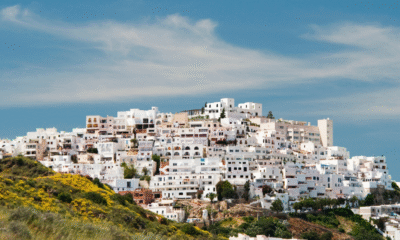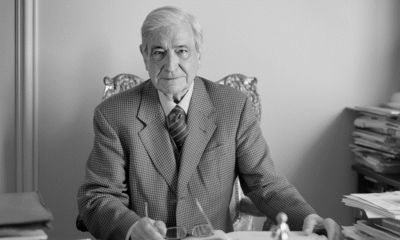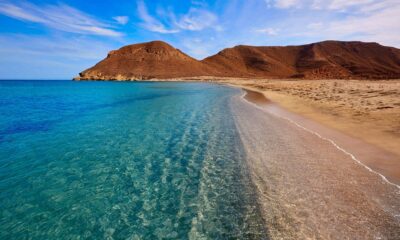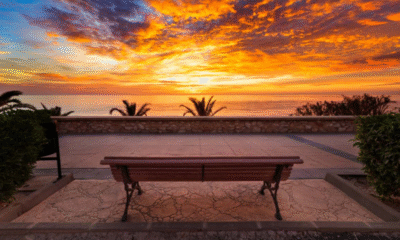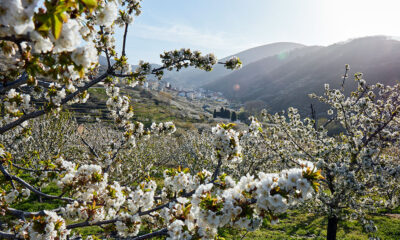City News
The Mojácar Excavation Yields New and Interesting Discoveries
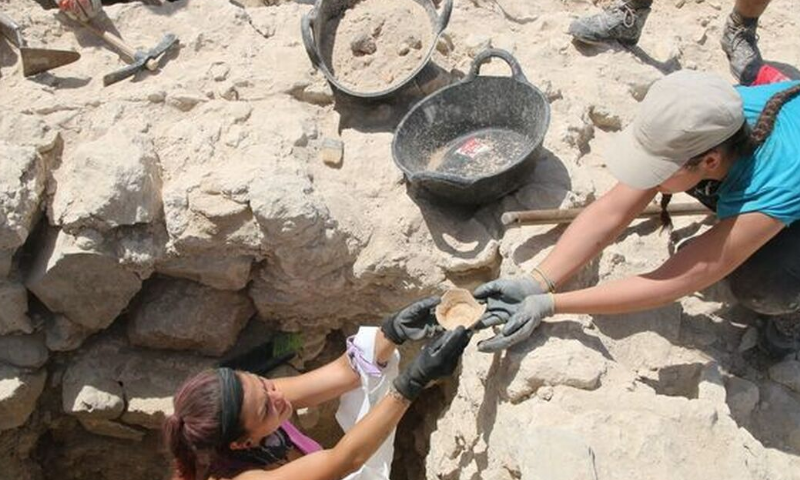
The Mojácar la Vieja 2022 excavation campaign has concluded with very positive results, as those responsible for the dig revealed in the presentation of the results: the University of Granada, the MEMOLab Biocultural Archaeology Laboratory, the director of the General Research Plan and Mojácar Council.
As is customary, at the end of each campaign’s excavation works, those responsible explain the findings and conclusions stemming from the works carried out on Mojácar la Vieja to local residents and to those who are interested.
On this occasion, the locality’s Multi-Uses Centre, with a large audience, was the meeting point where Emmanuel Agüero, Mojácar Council Tourism Councillor; José María Martín Civantos, Director of the MEMOLab laboratory; Jorge Rouco Collazo, director of the General Investigation Plan; Julio Miguel Román, PGI Researcher; Cristina Martínez Carrillo, Archaeological Material Expert; and Noelia Aguado, Community and Participative Archaeology Expert, gave an interesting conference about the novelties found.
The 2022 campaign is the fifth since this project was started and the first carried out with the support of the General Investigation Plan. This year two main lines of action have been followed: one of them following the outside walls, by the entrance gate, and another in the area outside, on the southeast hillside, where it is suspected there were dwellings.
Worthy of note is the appearance of another wall and corresponding entrance gate, at the foot of the one initially found during other actions, and that in previous years was thought to be the only entrance to the compound. The defences of Mojácar la Vieja, as shown by its two walls, are much stronger than initially believed, indicating a huge investment in the construction of the castle and its control with this double fortification. This makes the defence and the attack very complicated since it is very intricate, both being built on a curve. This also suggests that this great effort would only have been made due to the great importance of the settlement.
In the new open zone, in the area outside the walls on the southeast side, a very well-structured, two-floor house has been found, and what could be other very well-built houses that correspond to the typical models of the Moorish era.
In the conclusions obtained during this month of work, there have taken part a group of professionals made up of researchers, the majority from MEMOLab, and by another 13, external, who are professors and researchers from different universities and analysis centres, such as CSIC, from both Spain and the UK, as well as two shifts of 35 archaeology students who have worked on the excavations.
Standing out is the reaffirmation of the potential, whether from the historical or heritage point of view of Mojácar la Vieja, that little by little is being uncovered and which can be seen with the naked eye on the mountain itself, underlining the importance and the significant remains, together with its good conservation and the possibility of understanding everything related to this settlement: how it was built, when and how it was abandoned.
In addition, increasingly more evidence of the instability of the terrain is appearing, mainly in the area of the old entrance. Work remains to be done on its origin and its formation in order to understand how it was founded, who created it and where the population came from, since we already know how they lived and what type of dwelling was used.
Also remaining is the work of study and analysis throughout this year, from organic remains like thorns, scales, shells, eggshells, and ceramic remains, including a pipe with remains of what is suspected to be hashish, found this year, and which will yield new data, new surprises about the form of production, subsistence and organisation, providing a complete image of Mojácar society of those times.
Coming away from the dig site, mixing with local people and bringing them closer to it, understanding the direct relationship between the two settlements – Old and New Mojácar with their surroundings – and keeping the intangible heritage alive, is a task that MEMOLab tries to carry out in all its actions.
With the PGI there opens a new stage of analysis and of basic management to restore, conserve and highlight its importance so it can be visited. Collaboration with both the Valparaíso Foundation and the owners of the land on which they are working, opens the door to gaining more support from the State, to the 1% Cultural that would be added to that already provided by the Local Council and from the Smart Heritage company.
City News
Mojácar Reinforces Its Position as a Destination of Excellence for Easter

Mojácar is preparing for one of the busiest Easter Weeks in recent years, with a forecast of a very high hotel occupancy rate and many establishments near to full capacity.
The combination of tradition, culture, privileged climate and a quality tourism offer has once again made Mojácar one of the Mediterranean’s favourite destinations.
According to data gathered by the Tourism Department, many hotels will reach 90% and 100% occupancy on Maundy Thursday and Good Friday, and others will exceed 85% in their average bookings for the whole week.
At the same time, some recently opened accommodation and several tourist apartments are still offering availability, which represents an opportunity for last minute visitors.
In addition to the excellent tourist response, Mojácar presents a full Easter Week programme with religious and cultural events in the heart of the old town. The processions on Maundy Thursday and Good Friday will mark the most emotional moments, starting from the Santa María Church and going through the municipality’s most emblematic streets.
The spring-like weather will be another of the main attractions, with temperatures forecast to be between 22 and 25 degrees and no rain, ideal for enjoying both the religious events and the beach and open-air leisure.
The Local Council has activated a special mobility plan, reinforcing public transport between Mojácar Pueblo and Mojácar Playa for the enjoyment of both visitors and residents of the municipality
Francisco García, Mayor of Mojácar, has been very positive about the response from the tourism sector: “Easter Week once again positions Mojácar as one of the leading destinations in the Mediterranean. Our offer combines tradition, culture, beach and fine cuisine, and that translates into an almost full occupancy rate”.
Tourism Councillor María Gracia Alarcón highlighted the joint work that has made this success possible: “These figures are the result of coordinated work between Mojácar Council, business owners and tourism promoters. Mojácar offers much more than sun and beach, and increasingly more visitors are discovering it all year round, not just in summer.”.
With all these elements, Mojácar approaches an Easter Week marked by the high number of visitors, the quality of its tourism offer and the deeply-rooted nature of its traditions. The municipality thus reaffirms its commitment to a sustainable, welcoming and quality tourism model, consolidating itself as an essential destination not only in summer, but also at key times of year such as this Easter Week.
City News
Mojácar Dedicates a Plaza to Antonio Bonet Correo

Mojácar dedicates a plaza to Antonio Bonet Correo, a great figure in spanish art with a strong link to the municipality next Tuesday 15th of April at 5pm. Mojácar Council will pay tribute to the renowned art historian Antonio Bonet Correa, with the unveiling of this dedication in his memory and the official designation of the Plaza Antonio Bonet Correa, located in the Calle Salvia, a symbolic place next to the sea which from now on will bear his name.
Antonio Bonet Correa (1925-2020) was one of the great restorers of art historiography in Spain. An academic, professor and director of institutions such as the San Fernando Royal Academy of Fine Arts and the Madrid Museum of Contemporary Art, he introduced new ways of interpreting art, connecting it with architecture, sociology and critical thought. His legacy also included the defence of artistic heritage, research into the Andalucian Baroque and the promotion of new aesthetic trends.
His link with Mojácar dates back to 1965, when he arrived in the municipality accompanied by his family. He discovered the village thanks to the geographer Horacio Capel, and from then he maintained a deep connection with its people, its architecture and its surroundings. He was a regular in the municipality for decades, actively participating in its cultural life, chairing the Mojácar Art Courses and promoting the arrival of great artists to the municipality.
The Mayor of Mojácar, Francisco García Cerdá, highlighted that: “Antonio Bonet Correa was able to see in Mojácar not only its scenic beauty, but also its value as a meeting point between tradition and modernity. He was an essential pillar in the promotion and dissemination of art in our municipality. With this square, we leave a record of his mark on our history and our way of understanding culture.”
Pedro Bonet, professor of recorder and director of the Baroque Music Group La Folía, and Antonio Bonet Correa’s son, commented: “My father was a restorer of the history of art in Spain, and his dedication was tireless up until his death five years ago. We are very grateful to the Local Council for this gesture that recognises not only his figure, but that of all those pioneers who were committed to the culture and beauty of Almería.”
Mojácar Council invites residents and visitors to take part in this emotionally charged event, marking another step in the locality’s commitment to cultural memory, art and the figures who have contributed to its enrichment.
City News
The Art of Enjoying the Landscape by Decorating Benches
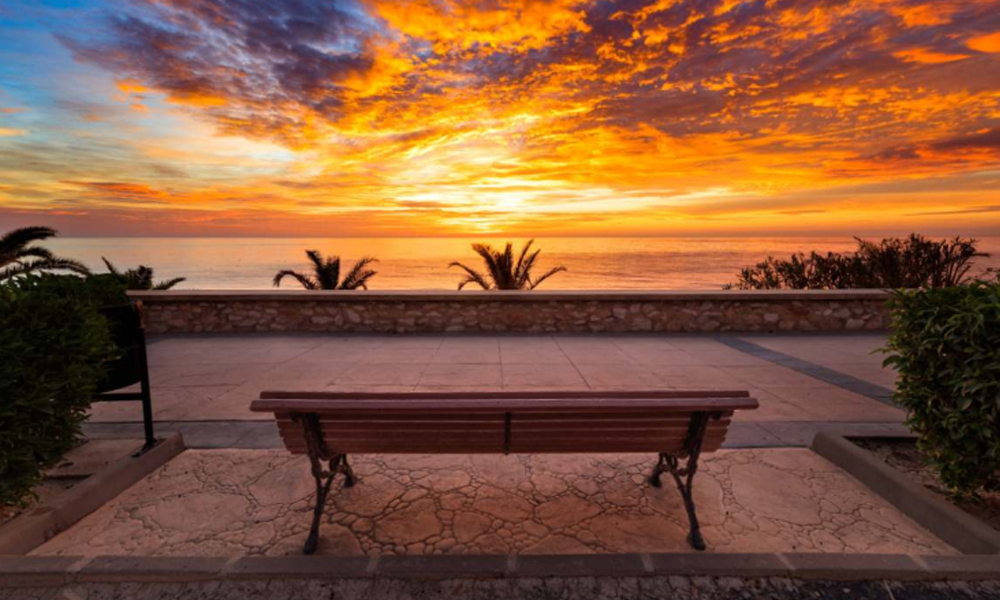
Mojácar announces the competition “SentArte”: The art of enjoying the landscape by decorating benches. Mojácar Council, through its Culture and Tourism Departments, has officially launched the SentArte: the art of enjoying the landscape competition, an artistic initiative aimed at transforming street furniture into authentic works of art that enrich the most beautiful corners of the municipality and, at the same time, serve as an additional tourist attraction to boost the arrival of visitors. A project to sit, look and feel.
The competition aims to select creative and original proposals for the decoration of wood benches, which will be installed in unique locations in Mojácar, forming a route where art and landscape go hand in hand. The intention is that each bench will be an invitation not only to sit down, but also to contemplate and appreciate the surroundings.
“SentArte is an invitation to experience Mojácar in a different way. We want locals and visitors to rediscover our landscapes through pausing, art and sensitivity. We believe in culture as a tool for social transformation and in creativity as an engine for local development,” stated the Mayor of Mojácar, Francisco García.
The Tourism Councillor, María Gracia Alarcón, stressed that “this project allows us to highlight unique corners of Mojácar that often go unnoticed. We want art to serve as a guide for discovering these small landscape treasures that we have and, at the same time, to support and showcase the talent of our local artists.
The competition is open to artists, designers, architects and creators in any discipline. Each participant may submit up to three original sketches. Each proposal must include a title and a brief conceptual explanation (maximum 150 words).
The theme of the designs is free, being a requirement that the materials used must be resistant to inclement weather and continuous use. The works must be adapted to the measurements and characteristics of the model bench selected by the Local Council (“Romantic” model, tropical wood and cast iron legs).
SentArte seeks to turn a stroll through Mojácar into a unique experience, where creativity and natural beauty come together in each decorated bench. An artistic itinerary that invites you to sit down, observe and connect with the surroundings.
The complete rules of the competition, as well as the deadlines and entry requirements, are available on Mojácar Council’s official website.
Because in Mojácar, art also sits and admires the view.
-

 City News12 months ago
City News12 months agoMojacar Council Will Invest Nearly One Million Euros in Infrastructure Improvements in the Municipality
-
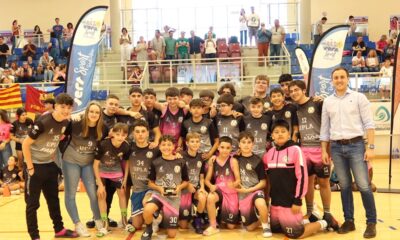
 City News12 months ago
City News12 months agoBarcelona Basket Wins Again, for the Second Consecutive Year, the National Basketball Tournament U13 “Ciudad De Vera”.
-
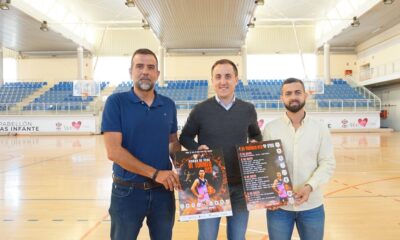
 City News12 months ago
City News12 months agoVera Will Once Again Be the Epicenter of National Grassroots Basketball, With the Vi U13 Tournament!
-
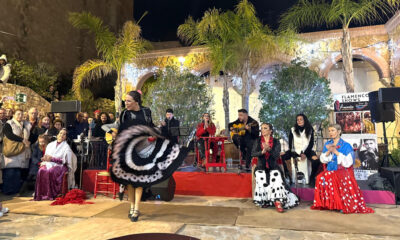
 City News4 months ago
City News4 months agoMojácar Shines as a Model for Christmas Tourism with its Zambomba Flamenca
-
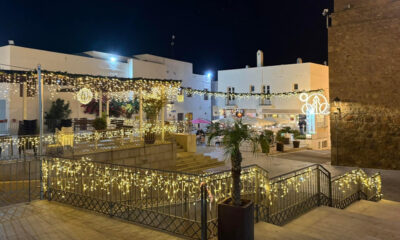
 City News5 months ago
City News5 months agoMojácar Launches its Unique and Innovative Christmas Soundtrack
-
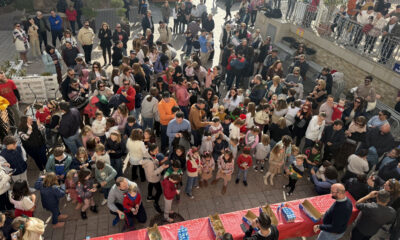
 City News4 months ago
City News4 months agoMojácar Says Goodbye to the Year With the Fifth Edition of its Children´s New Year´s Eve
-
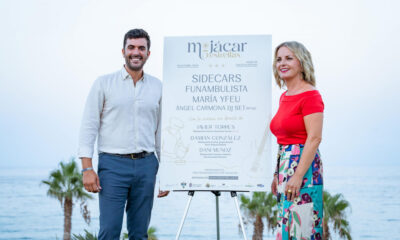
 City News9 months ago
City News9 months agoMojácar “Cinco Estrellas”: A new benchmark in Quality Tourism
-
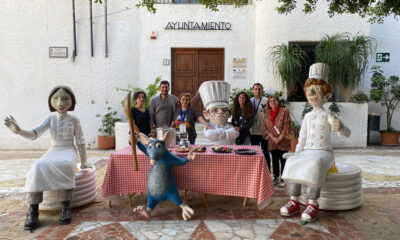
 City News5 months ago
City News5 months agoDisney Magic Takes Over Mojácar: Successful Third Edition of the Family Event

